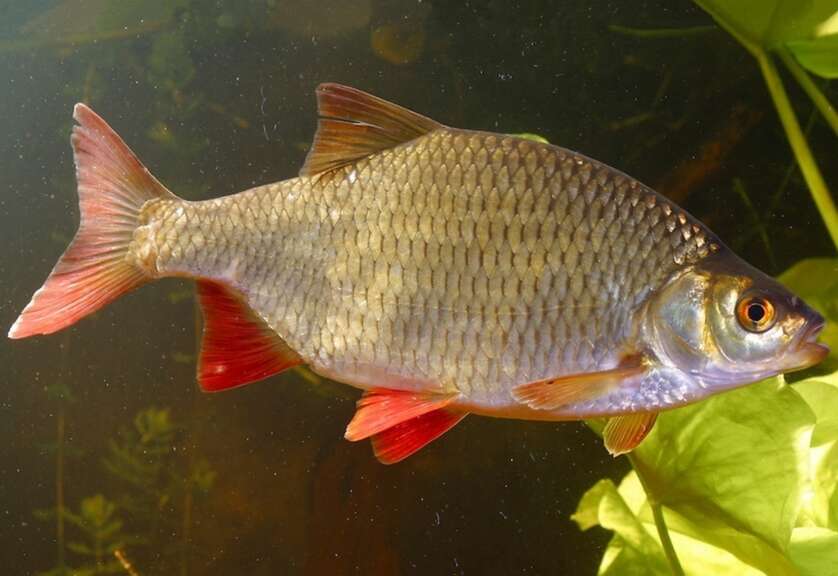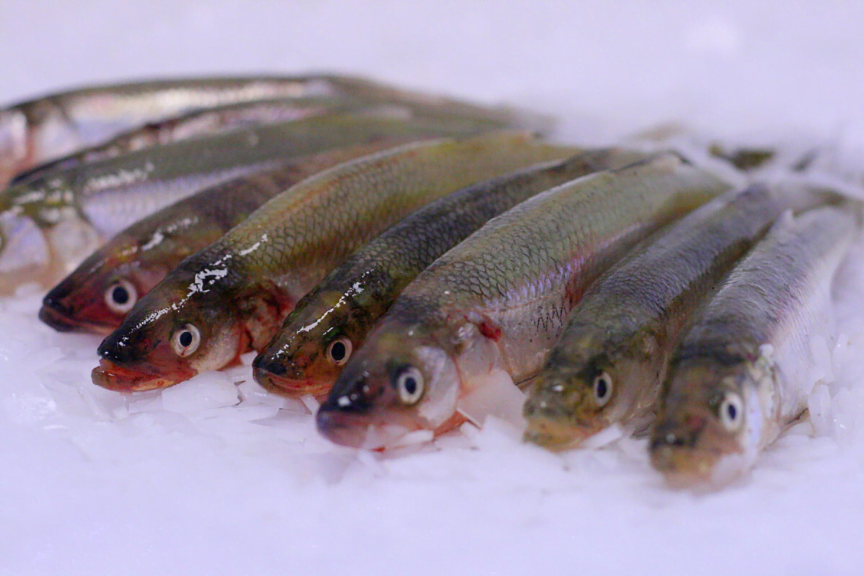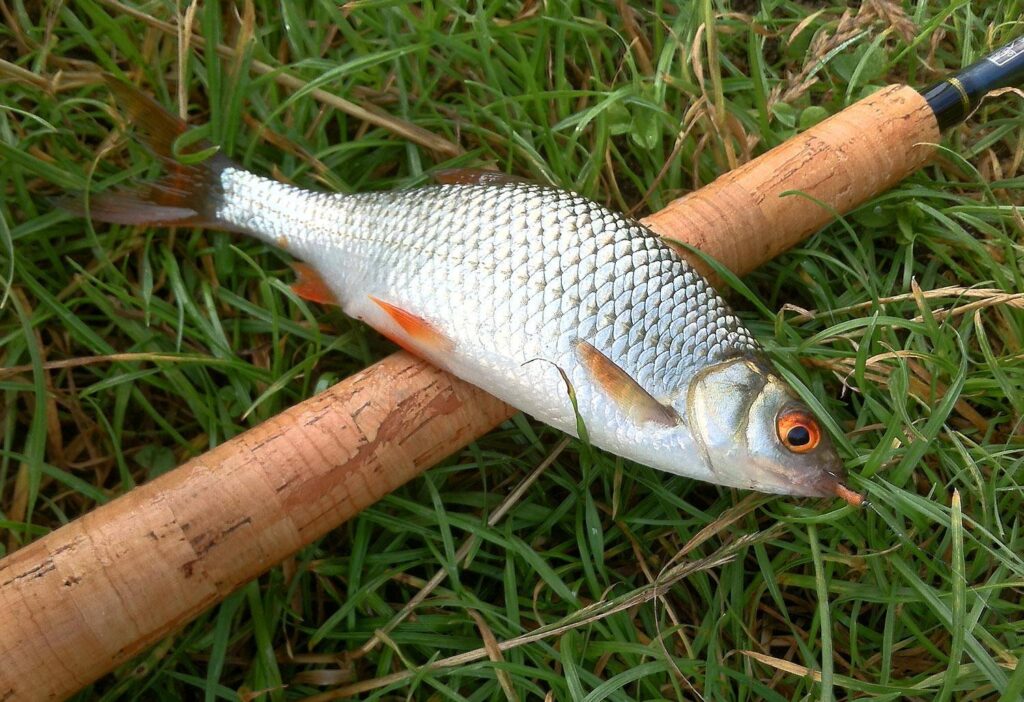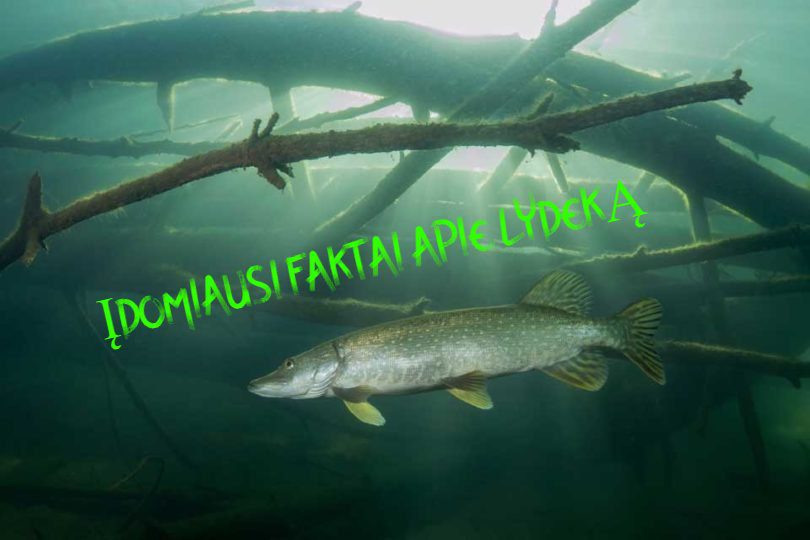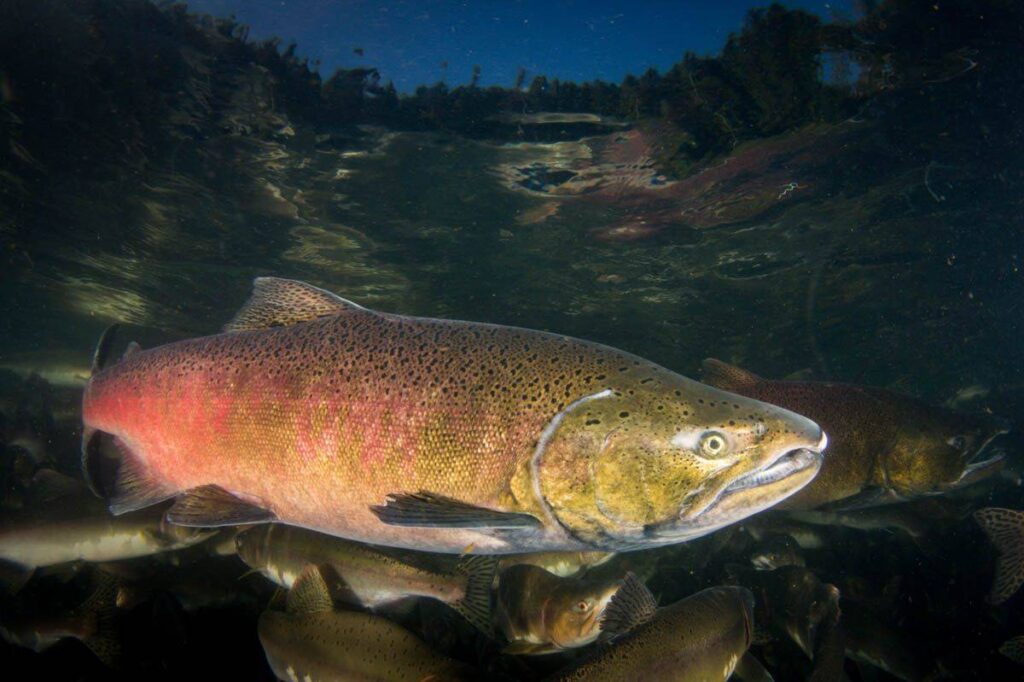Raudė is a toothed, freshwater predatory fish of the carp family that lives in lakes, rivers and other freshwater bodies. It mainly feeds on larvae and worms. Also does not give up fry and other dead caviar. It also likes to feast on delicate vegetation, so some experts believe that it would be more correct to call this fish an omnivore, as carp, body or shad.
What does the cry look like?
Roach is a slow-growing type of fish. The body length of a one-year-old fish is no more than 4-6 cm, so only adults, or rather old individuals, 15-20 years old, reach optimal sizes. On average, adult individuals have a body length of 15 to 30 cm and a weight of 100 to 500 g. In warm bodies of water, where there is plenty of food, the roach can gain a record weight of up to 2 kg, and the body length can reach up to 50 cm.
The raven has a tall, laterally flattened body and a small head. The teeth are arranged in two rows. The eyes are large with pink or orange irises. The entire body of the fish is covered with large, dense scales.
Body color depends on the habitat and age of the fish. In turbid warm water it is not so bright, in cool and clear water it is bright and bright. Cubs up to 2-3 years are lighter in color. With age, the color changes, acquires more colors and shades. The back of an adult fish is dark brown, sometimes with a greenish tint. The belly scales are silver and the sides have a golden hue. The fins range from orange, yellow to dark red.
A lifestyle of mourning
As a rule, rooks lead a sedentary lifestyle and prefer stagnant, well-warmed bodies of water. May migrate slightly during spawning. Wrasses can leave their "home" only when the reservoir is critically polluted or shallow. They usually stay in their feeding areas and rarely move throughout the body of water.
Cubs gather in groups up to 1-2 years, but as they grow, they split into small "families" of up to 10 individuals. Adult fish do not conflict with each other, but they are able to drive other species of aliens out of their territory.
Roaches live in the middle and upper layer of water, choosing places covered with grass and algae. They do not like cold underwater currents and rocky bottom.
With the arrival of cold weather, the roe deer move to hibernation holes and stay there. In the spring, when the water warms up, they begin to prepare for spawning and feed actively. After spawning, they move to their usual places and feed there until mid-autumn.
In winter, roaches are inactive, their life processes slow down, they react sluggishly to bait. The best baiting period in winter is in the afternoon, also during thaws and on sunny, windless days.
What does the raven eat?
In fact, this fish is unpretentious and can eat both plant and animal food.
- crustaceans
- zooplankton
- flying insects
- larvae
- fry and baby fish, frogs, newts
- caviar of fish, amphibians, molluscs
- underwater and aquatic vegetation
- worms and earthworms
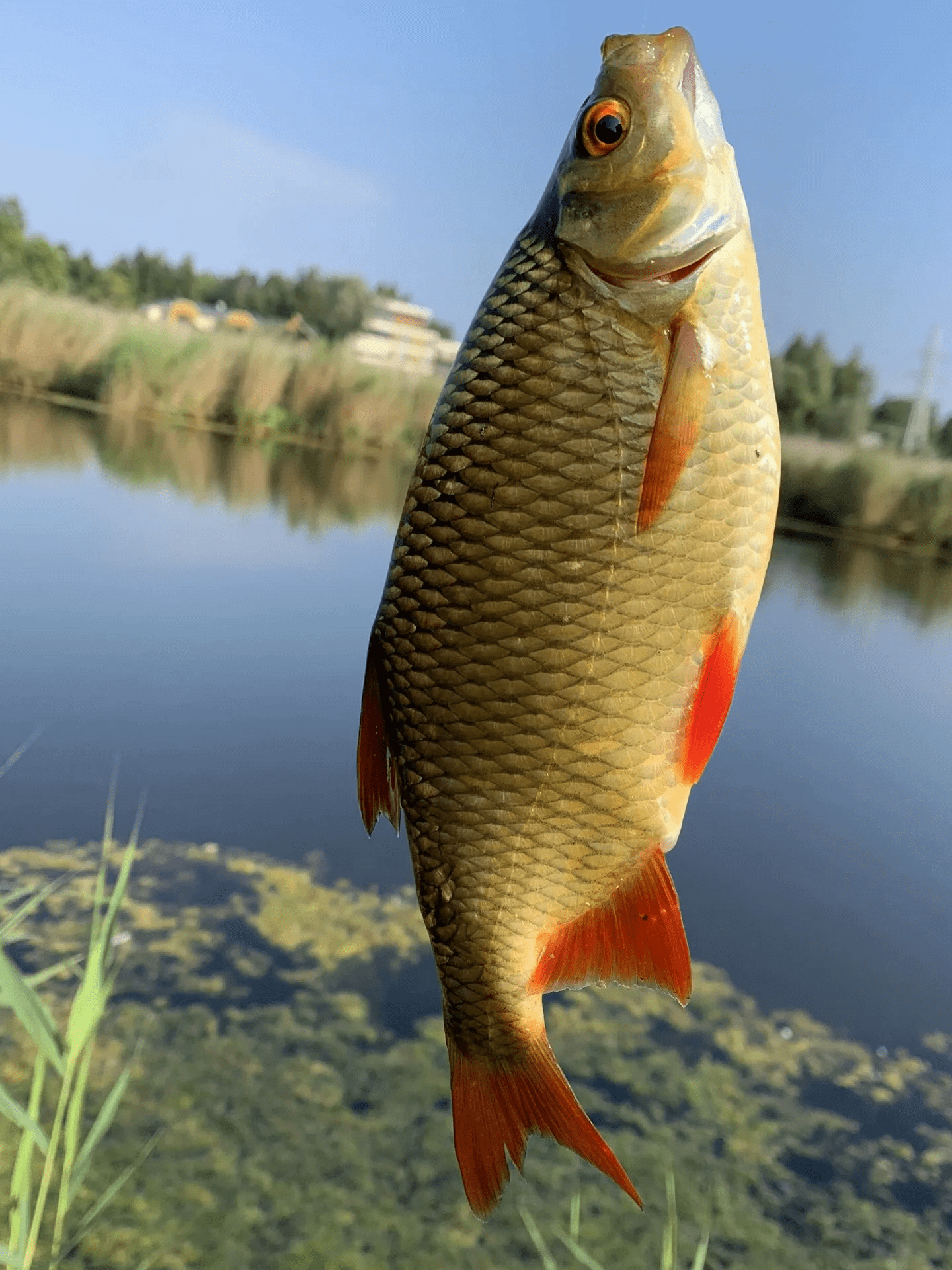
When and how does the roach spawn
Depending on weather conditions, the spawning period can take place from April to June. The main condition is water temperature, as soon as it reaches +16 +17 °C, sexually mature individuals start preparing for spawning.
The roach spawns in small "portions" in shallow water covered with dense vegetation. The size of the eggs is between 1 and 1.5 mm and they are covered with gluten, which helps the female to attach them to plants. Spawning depth does not exceed 15-50 cm. An average-sized female can lay more than 10,000 eggs. caviar, and large individuals weighing 300 grams and more - up to 100 thousand. caviar
Unfortunately, most eggs do not hatch. This is due to the fact that the roach spawns later than other underwater inhabitants. When the females lay their eggs, other fish already start actively feeding in the shallow water. And although females cleverly hide their eggs near the roots of plants, there are fish that find and eat the eggs.
The incubation period lasts 3-4 days. After hatching, the fry are almost transparent, their body length does not exceed 5 mm. The newborn fry rise to the surface and hide in the vegetation. They do not leave the spawning grounds all summer and feed on zooplankton. With the onset of autumn, most of the underwater flora and fauna disappear, so the fry move to the overgrown shores in search of food and shelter. During this period, the length of the fry reaches 30-35 mm.

